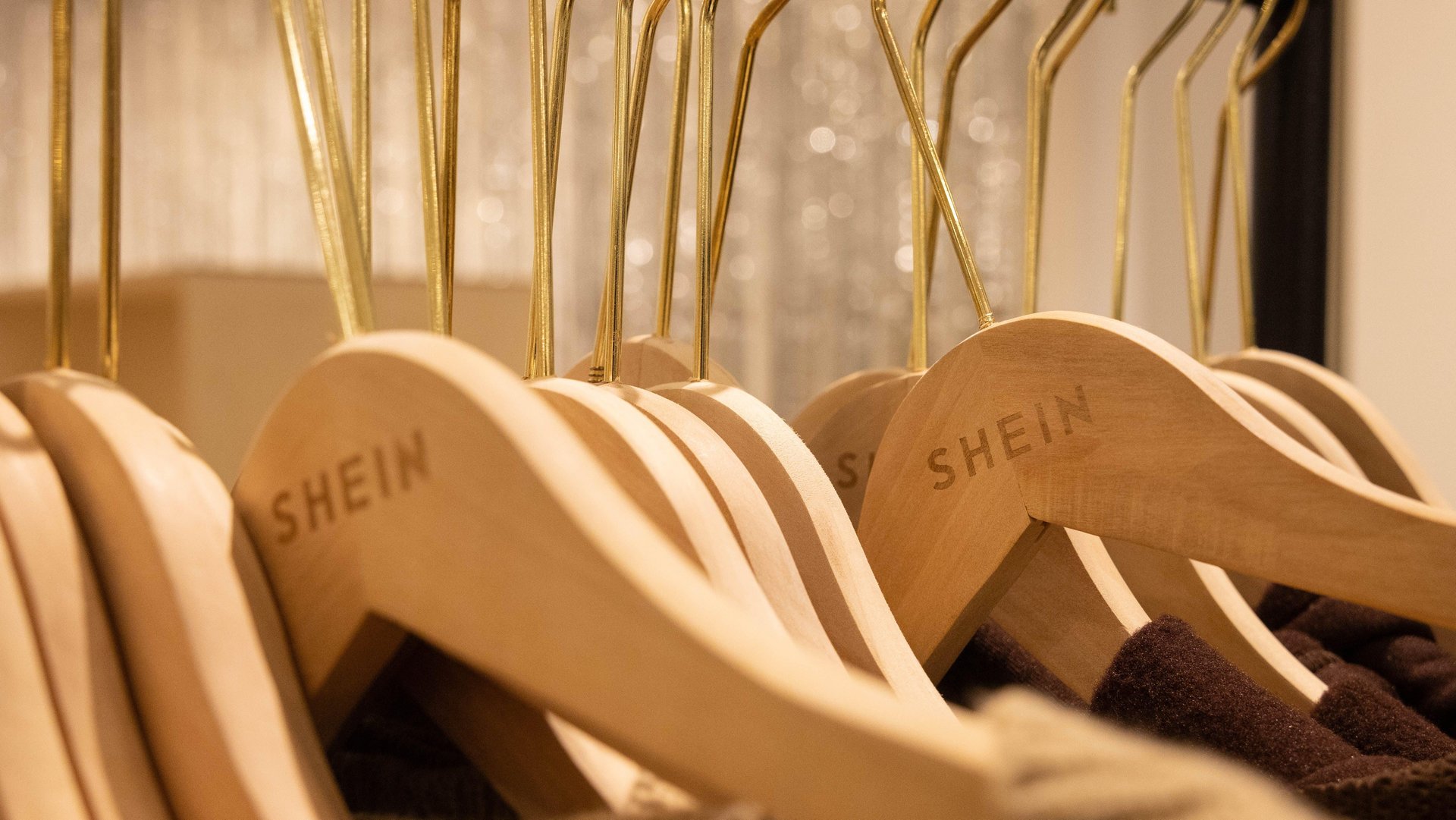Fast fashion is only going to get faster in 2024
A report from Business of Fashion and McKinsey suggests competition between Shein and Temu will only increase the pace of clothing consumption

You don’t even have time to blink before you miss something in fashion these days. The latest edition of the State of Fashion, an annual publication from the industry outlet Business of Fashion and the management consultancy McKinsey and Company, is calling attention to everything from the advance of artificial intelligence to increased supply chain scrutiny. It also notes that the industry’s most dizzying sector, the rapid-fire market for instant trend digestion dominated by the Chinese companies Shein and its Amazon-style marketplace rival Temu, is positioned to become an even larger market force.
Suggested Reading
“Fast-fashion competition will likely become even fiercer in the year ahead,” the report reads.
Related Content
Generational speed
The State of Fashion 2024 situates Shein and Temu as a so-called “third generation” of fast-fashion retailers. The first generation dates to before 2000, when companies like Zara and H&M pioneered the modern version of taking high-end fashion to the high street. There have always been runway copycats, but fast fashion got its name because those companies were able to closely monitor in-store customer data and swap out inventory every few days instead of every season. The second generation, running up to about 2010, includes firms like Boohoo and Asos, which took fast fashion online.
But Shein and Temu, when they’re not at each other’s throats, scrapping for access to suppliers and market share, are accelerating the fashion cycle to unimaginable speeds. When Shein was trying to secure a $100 billion valuation in 2022, Business of Fashion noted how quickly it was able to put out new styles. While Zara was introducing almost 20 new styles a day on average, and Boohoo was churning out nearly 50, Shein was dropping more than 860 new items. Things have only sped up since then: The State of Fashion report notes that Shein is now producing an astonishing number of new items—2,000 to 10,000—every day. Shein and Temu are now each shipping out more than a million packages daily, The Wall Street Journal reported in December.
Shein and Temu also twin their huge selections with rock-bottom prices. According to the new Business of Fashion report, the average Zara item costs $34. At H&M, it’s $26. At Shein, it’s a jaw-dropping $14. Astoundingly, Temu’s fashions are as much as 40% cheaper than that.
“Ultra-low prices are integral to the success of the business model,” the report states.
Meanwhile, Temu denies being a fast-fashion company, saying its offering goes well beyond clothing (to 29 other major product categories including pet supplies and home improvement) and that it is “a pure marketplace platform with all third-party independent sellers” and “does not initiate production or own any brands,” unlike fast-fashion companies that contract with garment factories to make clothing sold under their own brand.
Too-fast fashion
The downside to all that cheap speed, of course, is the exploitation of everyone involved in its production and consumption. The designs are often ripped off from brands large and small, since fashion is notoriously difficult to copyright. The garment workers who make the clothes are often underpaid and face extremely difficult working conditions. The clothing itself, coming from suppliers racing to find low-cost materials that make it possible to keep up with consumer expectations for ever-dropping prices, has been found to contain dangerous levels of harmful chemicals—including lead. And since customers can cycle through things as quickly as they want to, their purchases often end up in the garbage, either directly or at the end of a long road that goes through thrift stores and winds up on Ghanaian beaches and the Chilean desert.
That’s why Shein brought a bunch of influencers to its Chinese factories last year on a much-maligned, soft-focus junket designed to convince the world that it’s not so bad, really. But if that’s enough of a fig leaf to let consumers keep the fast fashion wheel spinning, then spin it will—more quickly than ever.
This story was updated was updated on Jan. 8 with a comment from Temu.
